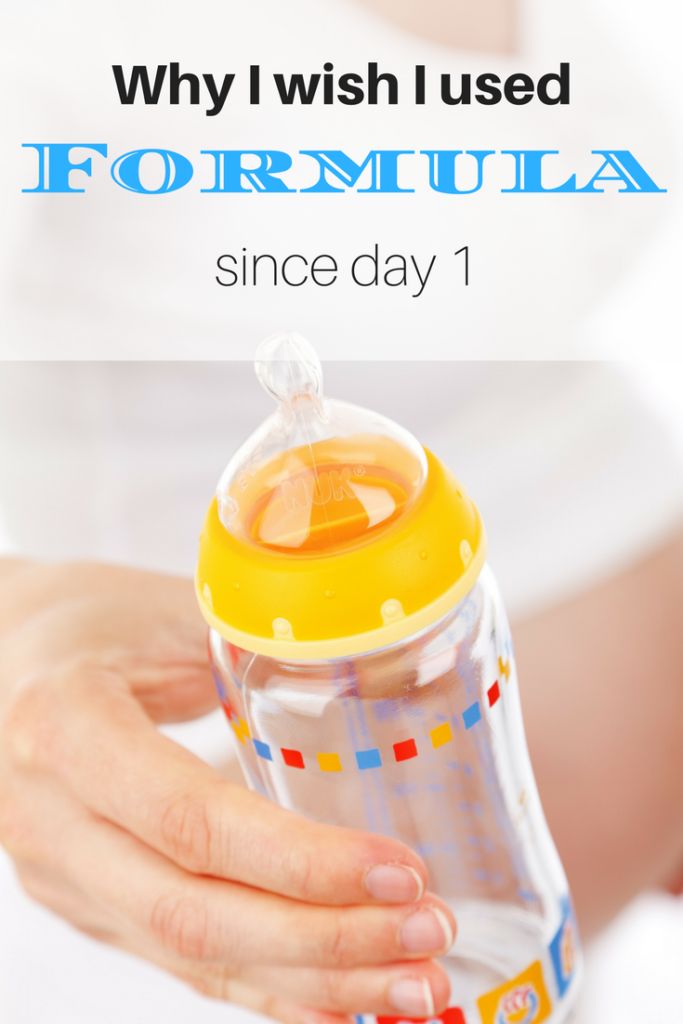Kidney beans baby food
The Ultimate Guide to Beans for Babies
Jump to Recipe
Beans are terrific first foods for babies! Here's how to cook and serve to your baby along with plenty of recipes to help make introducing beans easy and fun!
Jump to:- When can babies eat beans?
- Health Benefits
- Do beans make babies gassy?
- Are beans safe for babies?
- Types of Beans- which one is best?
- But what about the antinutrients?
- Soaking Beans
- Cooking Methods
- Canned Beans
- How to Serve Beans to Babies (Baby Led Weaning)
- Bean Recipes for Babies and Toddlers
- Frequently Asked Questions
- How to Store Cooked Beans
- Cooking Beans for Babies (3 Methods)
When can babies eat beans?
If cooked to soft, beans can be offered to babies as soon as they’re ready to start solids, usually around 6 months. It’s important to remember that your baby is unique and that rather than going by the calendar, you need to make sure your baby is DEVELOPMENTALLY ready to start solids.
If you’re unsure, be sure to grab my FREE handout!
Health Benefits
Beans are classified as a legume (also called pulses), along with peanuts, peas, and lentils. This is a family that packs a powerful punch when it comes to nutrition.
Beans are SO great for babies! They are loaded with the essential nutrients babies need to grow and thrive, including iron, zinc, folate, protein, carbohydrates, and fiber.
Be sure to pair them with vitamin C rich foods to greatly enhance the absorption of iron!
And while colorful fruits and vegetables are considered to be the best source of phytonutrients, beans are also a great source for these antioxidant, anti-inflammatory, and other health-promoting compounds.
Related: Best Iron-Rich Foods for Babies and Toddlers
Do beans make babies gassy?
Foods that are rich in fiber tend to cause gas. This list includes beans, cruciferous vegetables, oatmeal, prunes, peaches, and pears.
There's no need to avoid these foods completely as they offer so many beneficial nutrients that are essnetial for proper growth and development.
Not to mention, early introduction to a wide variety of flavors and textures is key in minimizing picky eating down the road.
Start by offering a small amount (1-2 tablespoons) and gradually serve more.
If your baby becomes gassy but doesn't seem to be in discomfort, there's no reason to worry. If your baby gets extra gassy after eating a certain bean, just don't overload them with those foods. You can also try different varieties as your baby may do better with certain beans than others.
For instance, my baby did well with all the beans that were served except for black beans. But after about 3 exposures, she seemed to tolerate just fine.
Are beans safe for babies?
Depending on the size and shape, beans can pose a choking risk. To reduce the risk, smash/flatten them, removing any skin that comes off. And follow the age-based serving suggestions shared below.
If you're cooking the beans rather than using canned, make sure they are soft and easily smushed between your thumb and forefinger.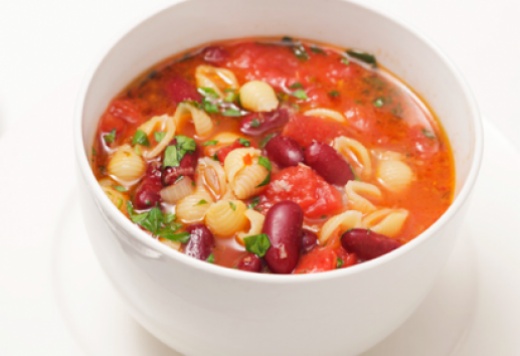
It's also very important that you ALWAYS serve food at the table where your baby is sitting upright at a 90 degree angle. Even foods that aren't considered to choking hazards can be dangerous if given while baby is lying down, crawling, walking, etc.
In regards to allergies, soybeans are one of the top allergens so be sure to introduce them separately. While it's not impossible, an allergy to the rest of the beans is rare.
What to do when baby won't eat
Types of Beans- which one is best?
Did you know that there are nearly 400 types of beans?! Here are the most common ones that you're likely to find at the stores.
- Black Beans
- Black eyed peas
- Cannellini beans (or white Italian kidney beans)
- Edamame
- Garbanzo beans (chickpeas)
- Great Northern Beans
- Kidney beans
- Pinto beans
ALL beans are fantastic for babies. I highlighted the two essential nutrients during the first year in the chart above, and as you can see, they are pretty similar in their nutritional profile.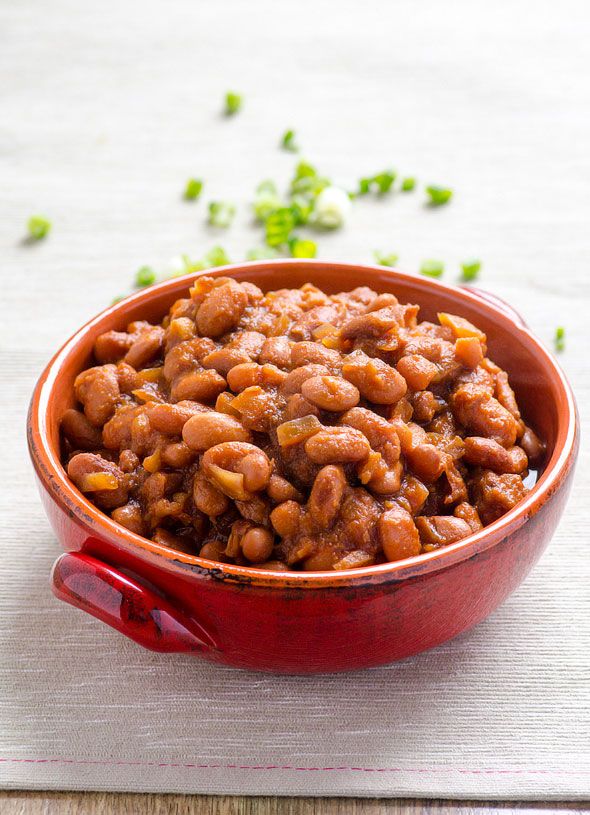
VARIETY is always best so give some love to as many beans as you can ;).
But what about the antinutrients?
It’s true that legumes contain antinutrients, such as phytic acid, lectins, saponins, and tannins, that reduce the absorption of certain nutrients, including iron, zinc, and calcium.
However, many other healthy foods, like grains, leafy greens, nuts, and seeds all contain antinutrients. So does this mean we should limit or avoid them? Of course not.
Instead, always aim for variety and balance! Unless beans are all you are serving to your baby, the benefits outweigh the risks of consuming antinutrients.
Not to mention soaking and cooking will decrease the amount of antinutrients significantly.
All this to say, DON’T WORRY!
Soaking Beans
after soaking for 8 hours overnightWhile it's an extra step, I highly recommend soaking. It will not only decrease cooking time but will also help the beans cook more evenly and make them easier to digest.
The beans will expand upon soaking so be sure to take this into account when choosing the size of the bowl.
Overnight soaking
Place dried beans in a large bowl, cover with water by 2 inches, discard any that float, and soak on the counter, covered, for at least 4 hours or overnight.
If soaking for more than 8 hours, transfer to the refrigerator. Drain and rinse before using.
Quick soaking
On the stove- Add beans to a pot and cover with water by 2 inches. Bring to a boil. Remove from heat and let soak for an hour. Drain and rinse before cooking.
Cooking Methods
Besides being nutrient dense, beans are inexpensive and last a long time in the pantry (hallelujah!).
Regardless of which method you choose, be sure to:
- Sort through the beans to remove any debris or shriveled beans.
- Rinse under running cold water to remove any surface dust or dirt
Cooking times will vary depending on the variety, age of the beans, and even the type of water you use.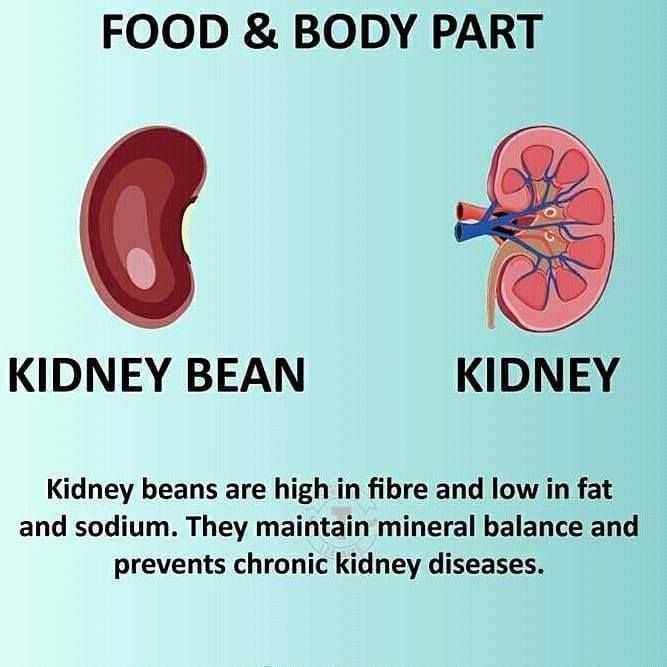 If your water has a lot of calcium, it can increase the time.
If your water has a lot of calcium, it can increase the time.
I’ve provided approximate cooking times. I encourage you to start checking for doneness at the beginning of the time range and then every 15 minutes thereafter.
Be sure to jot down the final cooking times somewhere for future reference.
On the Stove
- Add beans to a pot and cover with at least 2 inches of water.
- Bring to a boil. Then reduce heat to low and simmer, with lid slightly open, until tender.
- Stir occasionally. Do NOT try to rush the process by cranking up the heat. You will end up with a mushy exterior and undercooked interior.
Low and steady for best results! Add more water as needed so that the beans stay submerged.
It will generally take about 1-2 hours to cook. Start checking for doneness after an hour.
Slow Cooker
Cover beans with 2 inches of water. Set to low and cook for 6-8 hours.
Note - Kidney beans in particular contain a large amount of a toxin called phytohaemagglutinin (or kidney bean lectins) that doesn’t get destroyed when cooked in the slow cooker.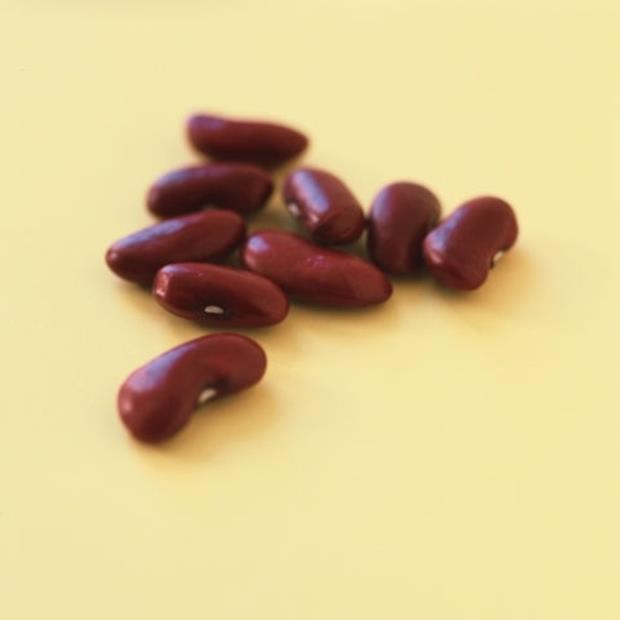 That's because the temperature never gets hot enough.
That's because the temperature never gets hot enough.
Therefore, be sure to soak and then boil for at least 10 minutes before adding to the slow cooker.
Instant Pot
Add beans to Instant pot and cover with water to about 2 inches above the beans. Stir, close the lid, and cook on high pressure for 8-15 minutes.
Allow pressure to release naturally for 15 minutes.
Here are the cooking times for the beans I cook most often:
- Black beans: 8-10 minutes
- Cannellini: 8-10 minutes
- Chickpeas: 10-12 minutes
Canned Beans
While dried beans are less expensive, canned ones are so convenient and great time-savers since they are fully cooked. They are just as nutritious as the dried beans.
I used to cook them all the time, but now that I'm a mom of two, I will take all the help I can get!
Be sure to look for ones that are labeled "no salt added" or "low sodium" and that come with non-BPA lining. Rinsing them in running water can lower the sodium content even more.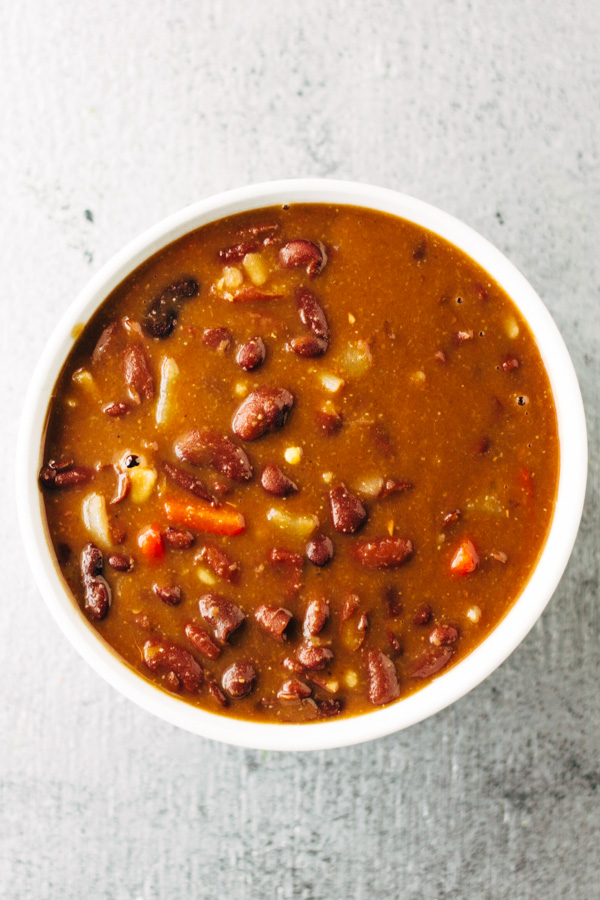
How to Serve Beans to Babies (Baby Led Weaning)
I could do a whole post on this as beans go well with so many different foods and flavors! Here are some EASY and nutritious ways to add them into your baby's diet.
6-9 months old:
You can try serving whole beans. Just be sure to flatten using your fingers or the back of a fork, removing any loose skin in the process. But if this makes you uncomfortable, don't do it! I am a big believer in know all things and then follow your heart.
You can also puree/blend or mash. The consistency is pretty thick and dry so add some breastmilk/formula to thin it out.
And here are some fun and EASY ways to boost nutrition and introduce your baby to a ton of flavors and texture in one bite. Add beans to:
- Yogurt
- Avocado
- Mashed sweet potatoes
- Mashed butternut squash
- Oatmeal - follow the recipe and then add the beans once cooked
- Lentils
- Hummus/Dip (recipes linked below)
Pictured above are the exact meals I served to my baby during her first month of starting solids.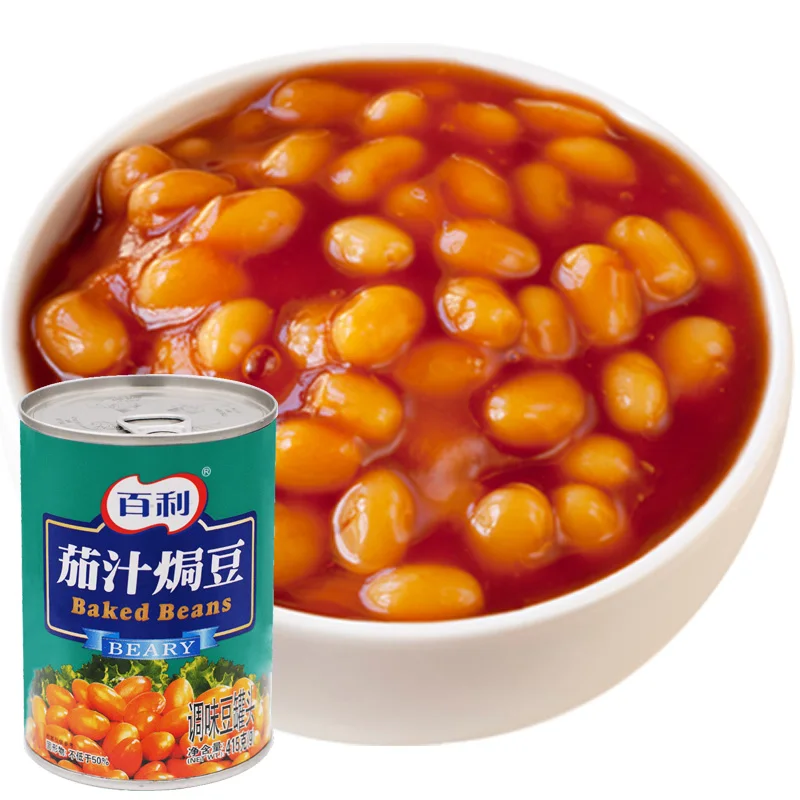 I actually filmed EVERYTHING I made for her as well as my toddler, husband, and me from Day 1 to Day 84 (so 3 months) in real time and turned it into an easy to access and follow program!
I actually filmed EVERYTHING I made for her as well as my toddler, husband, and me from Day 1 to Day 84 (so 3 months) in real time and turned it into an easy to access and follow program!
9+ months old:
I encourage you to continue offering mixed foods before your baby becomes more selective. If they’ve never had foods touching and mixed together, it will be much harder to get them to eat these later on.
I've included plenty of family-friendly meals to help get you started! Continue to flatten chickpeas and all other round varieties.
If you haven't already, this is a good time to introduce utensils (linked our favorites).
12+ months old:
Anything goes at this age! My personal favorite is adding whole beans to my son's school lunch boxes. SOO easy and convenient.
Related: Lunchbox Ideas for Preschool
Bean Recipes for Babies and Toddlers
Dips/ Sauce
- Broccoli Hummus
- Beet Hummus
- Yogurt Black Bean Dip
- Beetroot Dip
- Pumpkin seed spinach hummus
- Nut -Free Broccoli White Bean Pesto
Finger Foods
- Chickpea Veggie Cakes
- Beet Muffins
- Pumpkin Bean Muffins
- Mexican Lentil Muffins
- Sweet Potato Chickpea Cookies
- Southwestern Oat Muffins
Lunch/Dinner
- Pizza Quesadilla with vegetables
- Chicken Quinoa Casserole
- Cauliflower Chickpea Soup
- Salmon Bean Salad
- Vegan Creamy Tomato Pasta
- Slow Cooker Lentil Chili
- Vegetarian Mexican Lentils
- African Peanut Stew
- Instant Pot Multigrain Rice
Frequently Asked Questions
Are beans hard for babies to digest?
While highly nutritious, they contain a lot of fiber, which can cause gas and diarrhea, if given in large portions.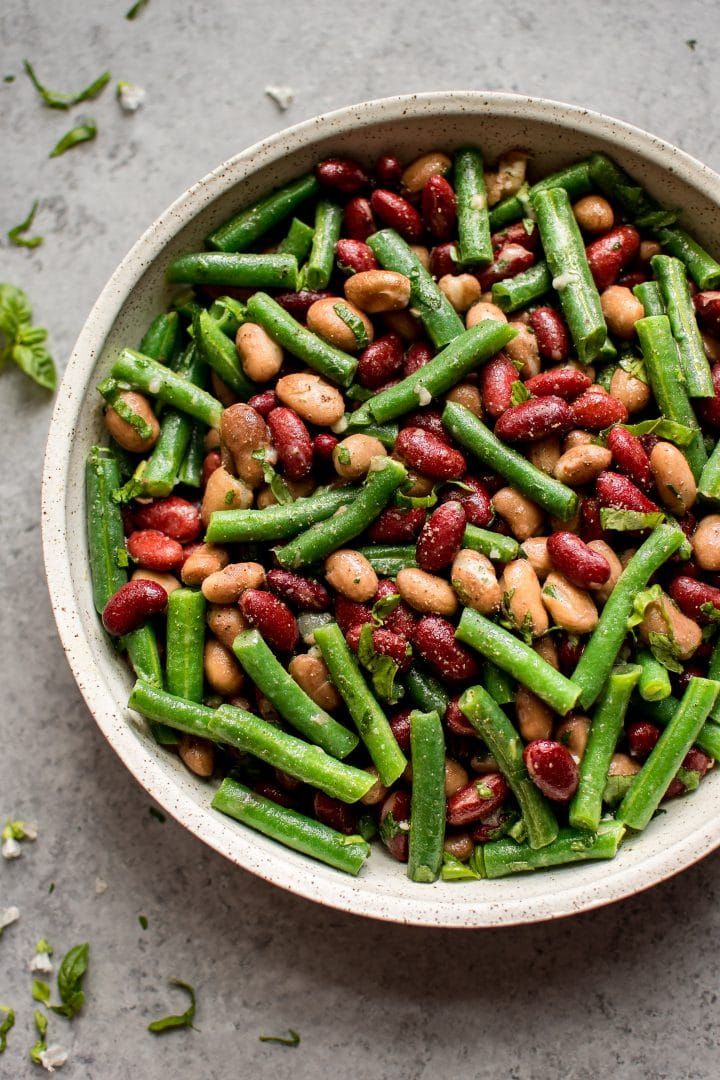 Therefore, when first introducing, start with 1-2 tablespoons and increase depending on your baby's response.
Therefore, when first introducing, start with 1-2 tablespoons and increase depending on your baby's response.
Can I season beans for babies?
Yes yes yes! Season away! I highly advise you to have fun with all kinds of herbs and spices. It’s such an easy way to invite variety and flavor, without the use of salt.
Can babies eat beans everyday?
They can. But since offering a wide variety of flavors and textures is so crucial at this stage, be sure to switch it up by incorporating any of the serving suggestions I've provided above.
How much does 1 pound of dried beans make once cooked?
You will end up with around 6 cups of cooked beans, which is equivalent to 4 (15 ounce) cans. This is why cooking at home is much more economical.
How to Store Cooked Beans
In the refrigerator
You can transfer to an airtight container/jar with or without the cooking water.
I've found that storing along with the liquid prevents the skins from drying out, but it's really up to you. If you intend to use for soup, the liquid also adds a nice yum factor.
Refrigerate for up to 5 days.
In the freezer
I recommend freezing in 1 ½ cup portions. A lot of recipes call for a 15 ounce can, which is roughly around 1 ½ cups.
If freezing with the cooking liquid, be sure to leave about 1 inch at the top for expansion.
Freeze for up to 3 months.
If freezing with the cooking liquid, be sure to leave about 1 inch at the top for expansion.
Do you want to minimize picky eating and set a solid foundation for a lifetime of healthy eating habits?
Check out this 3 month mastering self-feeding program! It’s the closest thing to me being in your kitchen
Did you make this recipe? Leave a rating below and let me know how you liked the recipe! Your feedback means so much to me!
Cooking Beans for Babies (3 Methods)
Beans are terrific first foods for babies! Here are three methods for cooking dried beans.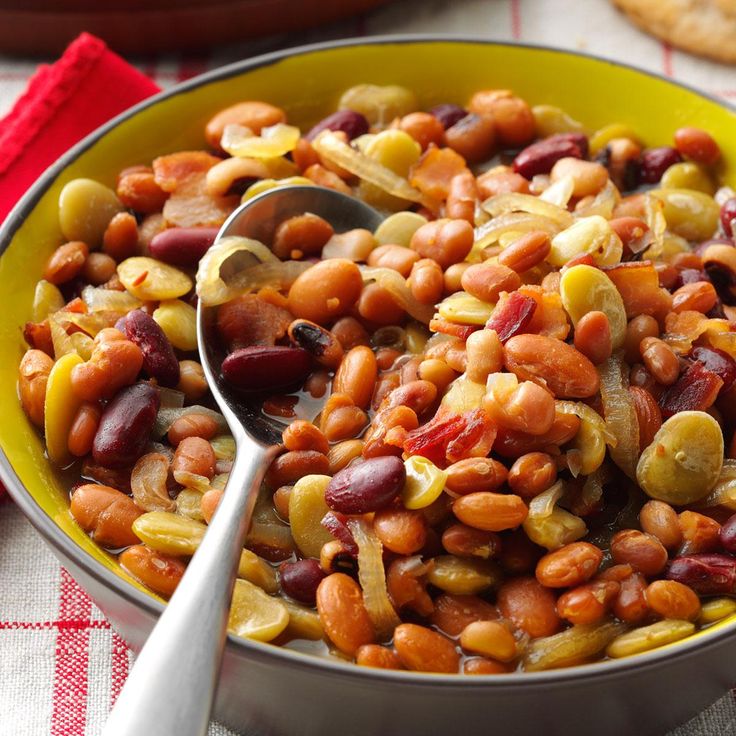
5 from 1 vote
Print PinPrep Time: 5 minutes
Cook Time: 1 hour
soaking time: 8 hours
Servings: 12 (makes about 6 cups)
Author: Min | MJ and Hungryman
- ▢
Instant Pot
- ▢ 1 pound (2 cups) dried beans
- ▢ Water or broth
Prepare the Beans
Sort through the beans to remove any debris or shriveled beans. Soak overnight or quick soak. Drain and rinse well.
On the Stove
Soak for at least 8 hours. Drain and rinse.
Place in a large pot and cover with water. Bring to a boil. Reduce the heat to a gentle simmer, and cook, covered with lid slightly ajar,. Skim off any foam that rises to the top.
It will generally take about 1-2 hours to cook. Start checking for doneness after an hour. Continue cooking until beans are tender.
Slow Cooker
Place beans in the bottom of the slow cooker.
 Cover beans with water. Close the lid and cook on low for 6-8 hours. See note if using red kidney beans.
Cover beans with water. Close the lid and cook on low for 6-8 hours. See note if using red kidney beans.
Instant Pot
Add beans to the Instant Pot. Cover with water and stir. Close the lid, making sure to turn the steam release valve to the sealing position.
Set the cook time using the Pressure Cook or Manual button, at high pressure. Keep in mind the IP will take about 15-20 minutes to reach pressure before cooking begins.
Cook for 8-15 minutes, depending on the variety. Allow the pressure to release naturally for 15 minutes. This will help beans retain their shape and avoids the liquid from foaming up into the steam valve.
If you find that beans are not as soft as you want them to be, put the lid back on, making sure the release valve is set back to "sealing" and cook at high pressure for several more minutes.
- When cooking beans for the first time, start checking for doneness at the start of the cook time range.
 Write it down for future reference.
Write it down for future reference. - If cooking kidney beans in the slow cooker, be sure to soak and then boil for at least 10 minutes before adding to the slow cooker to make them easier to digest.
- To store:
- In the fridge for up to 5 days in an airtight container with or without the cooking liquid.
- In the freezer: recommend freezing in 1 ½ cup portions. Freeze for up to 3 months.
Calories: 129kcal | Carbohydrates: 24g | Protein: 8g | Fat: 1g | Sodium: 2mg | Fiber: 6g | Sugar: 1g | Calcium: 46mg | Iron: 2mg
Course Side
Cuisine American
Tried this Recipe? Tag me Today!Tag me @KidFriendly.Meals today!
Can Babies Eat Kidney beans
Beans are the seeds of several types of the flowering plant family called Fabaceae, used as vegetables for humans and for animals. Beans are one of the longest cultivated plants in the world. Kidney or kidney bean is a type of the common bean. Its name comes from the resemblance not only in shape, but also in color to the kidney organ itself. Adsuki beans are similar in color to kidney beans, but they are a different type of beans.
Its name comes from the resemblance not only in shape, but also in color to the kidney organ itself. Adsuki beans are similar in color to kidney beans, but they are a different type of beans.
There are four categories of kidney beans: red kidney beans like the common kidney bean, Rajma, Surkh Lobia, light speckled kidney beans, red speckled kidney beans and white kidney beans, like cannellini, lobia or safaid lobia.
Red kidney beans are usually used in the dish called chili con carne and are very popular in the cuisine of India. There they are known as rajma. Red kidney beans are famous in southern Louisiana (US), Indonesia, in Spain and in the Netherlands, each of these having a special dish made from kidneys.
Kidneys or kidney beans are high in carbs, protein and they contain negligible fat. They also contain folate, iron, phosphorus, thiamin, magnesium, copper, zinc, potassium and calcium. Kidney beans have a high level of phytohemagglutin, and therefore are much more toxic than other varieties of beans. To avoid toxicity, kidneys must be pre-soaked and boiled for at least 10 minutes.
To avoid toxicity, kidneys must be pre-soaked and boiled for at least 10 minutes.
Are Kidney Beans Good For Babies?
Canned kidney beans are pre-boiled, representing no toxic danger to your baby. They are also full of proteins and iron, which are healthy for babies\s development. Even if they are easy to chew, they are hard to digest, especially for the digestive system of babies. The introduction of these legumes into a baby’s diet is recommended to be done at the age of 8-10 months.
Tomato, Kidney Bean and Spinach Baby Food
Ingredients: 1 handful of cherry tomatoes, ½ tin kidney beans, 1 handful of spinach, splash paprika.
Cut the tomatoes in quarters and heat them in a pan. Once the cherry tomatoes are mushy, put the kidney beans and the paprika into the pan. Once they are heated through, put the spinach into the pan and cook until they are wilted. Let it cool, and blend the mixture with milk, breast milk or formula, until you get the right consistency.
FAQ
What are kidney beans?
Kidney or kidney bean is a type of the common bean. Its name comes from the resemblance not only in shape, but also in color to the kidney organ itself.
How healthy are kidney beans?
Kidneys or kidney beans are high in carbs, protein and they contain negligible fat. They also contain folate, iron, phosphorus, thiamin, magnesium, copper, zinc, potassium and calcium.
When can you start giving kidney beans to your baby?
The introduction of these legumes into a baby’s diet is recommended to be done at the age of 8-10 months.
The risks of giving kidney beans to your baby?
Kidney beans have a high level of phytohemagglutin, and therefore are much more toxic than other varieties of beans. To avoid toxicity, kidneys must be pre-soaked and boiled for at least 10 minutes.
Calories Baby food, Vegetables, green beans and potatoes. Chemical composition and nutritional value.
Chemistry and Nutrition Analysis
Nutrition and Chemistry
"Baby Food, Vegetables, Green Beans and Potatoes" .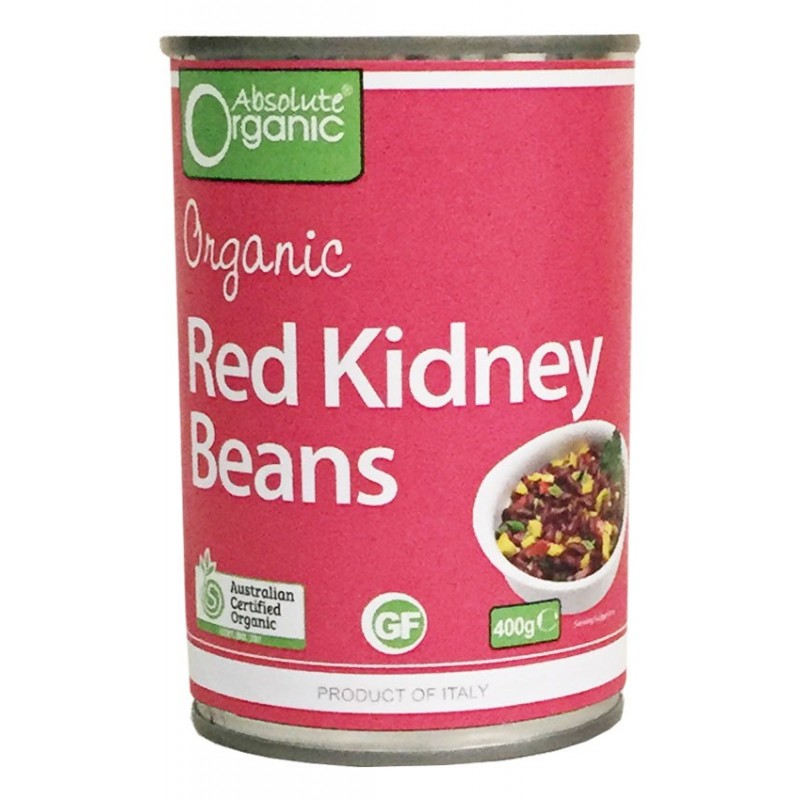
The table shows the content of nutrients (calories, proteins, fats, carbohydrates, vitamins and minerals) per 100 grams of the edible part.
| Nutrient | Number | Norm** | % of the norm in 100 g | % of the norm in 100 kcal | 100% normal |
| Calories | 62 kcal | 1684 kcal | 3.7% | 6% | 2716 g |
| Proteins | 2.2 g | 76 g | 2.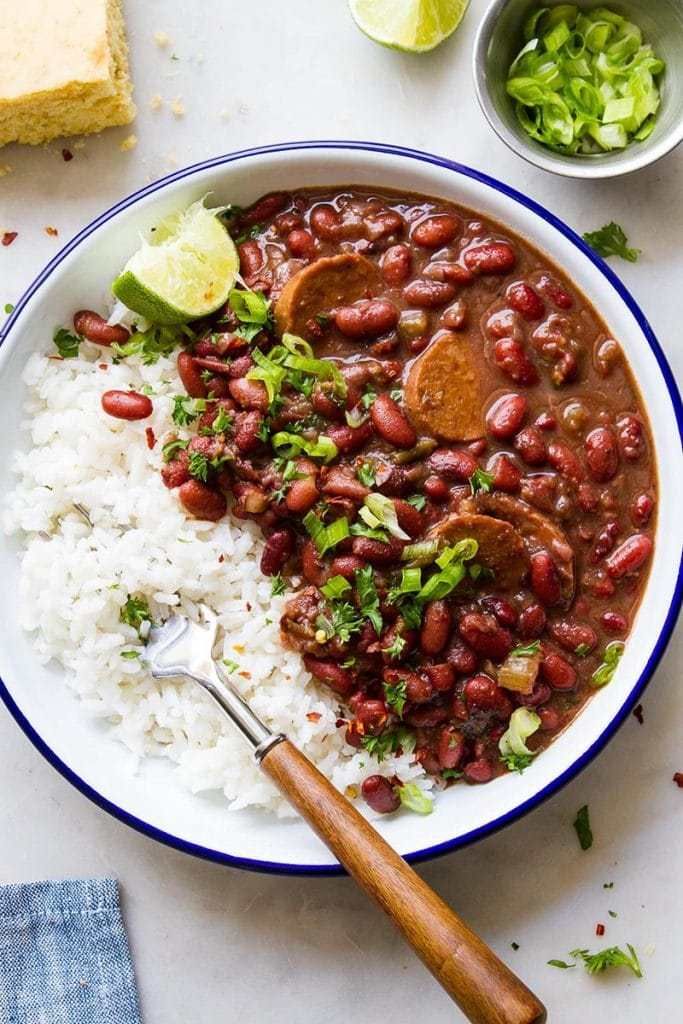 9% 9% | 4.7% | 3455 g |
| Fats | 1.9 g | 56 g | 3.4% | 5.5% | 2947 g |
| Carbohydrates | 7.6 g | 219 g | 3.5% | 5.6% | 2882 |
| Dietary fiber | 1.4 g | 20 g | 7% | 11.3% | 1429 g |
| Water | 86. 2 g 2 g | 2273 g | 3.8% | 6.1% | 2637 g |
| Ash | 0.7 g | ~ | |||
| Vitamins | |||||
| Vitamin A RE | 14 mcg | 900 mcg | 1.6% | 2.6% | 6429 |
| Retinol | 0.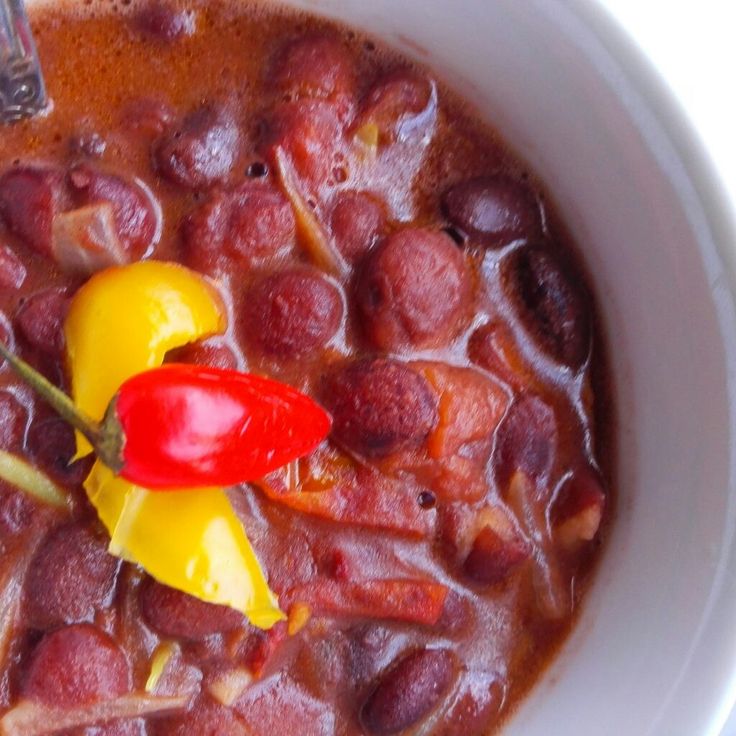 012 mg 012 mg | ~ | |||
| beta Carotene | 0.028 mg | 5 mg | 0.6% | 1% | 17857 |
| Lutein + Zeaxanthin | 50 mcg | ~ | |||
| Vitamin B1, thiamine | 0.04 mg | 1.5 mg | 2.7% | 4. 4% 4% | 3750 g |
| Vitamin B2, riboflavin | 0.11 mg | 1.8 mg | 6.1% | 9.8% | 1636 |
| Vitamin B4, choline | 10 mg | 500 mg | 2% | 3.2% | 5000 g |
| Vitamin B5, pantothenic | 0.286 mg | 5 mg | 5.7% | 9.2% | 1748 |
| Vitamin B6, pyridoxine | 0.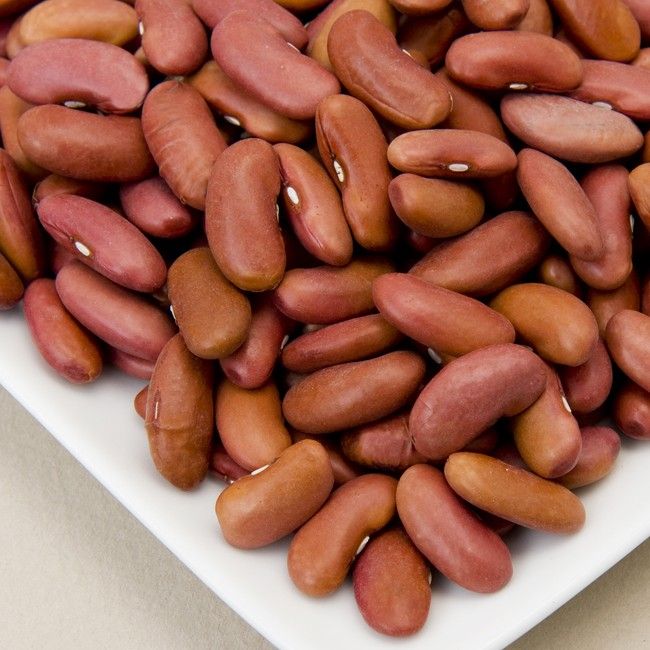 08 mg 08 mg | 2 mg | 4% | 6.5% | 2500 g |
| Vitamin B9, folates | 10 mcg | 400 mcg | 2.5% | 4% | 4000 g |
| Vitamin B12, cobalamin | 0.15 mcg | 3 mcg | 5% | 8.1% | 2000 |
| Vitamin C, ascorbic | 1.1 mg | 90 mg | 1.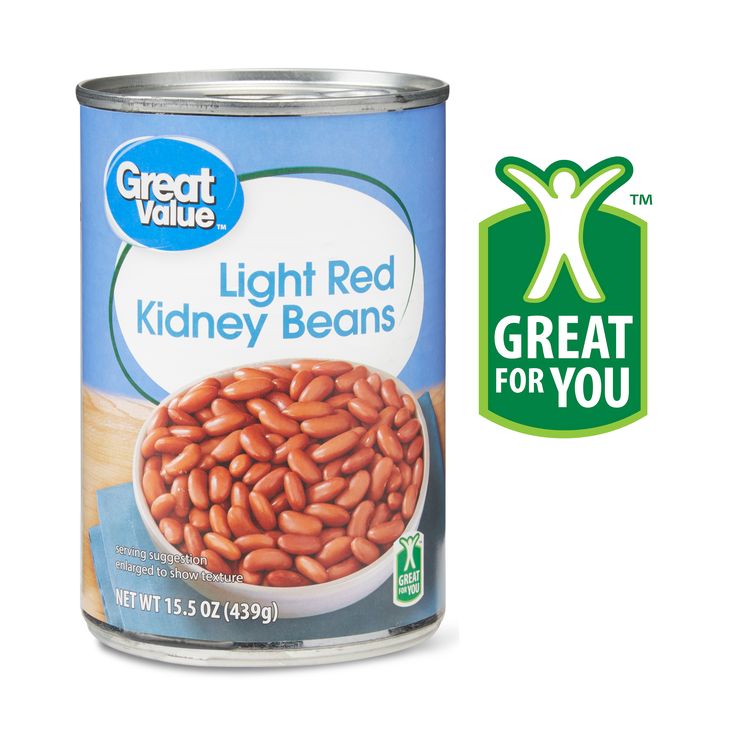 2% 2% | 1.9% | 8182 g |
| Vitamin E, alpha tocopherol, TE | 0.08 mg | 15 mg | 0.5% | 0.8% | 18750 |
| Vitamin K, phylloquinone | 1.4 mcg | 120 mcg | 1.2% | 1.9% | 8571 g |
| Vitamin PP, NE | 0.46 mg | 20 mg | 2.3% | 3.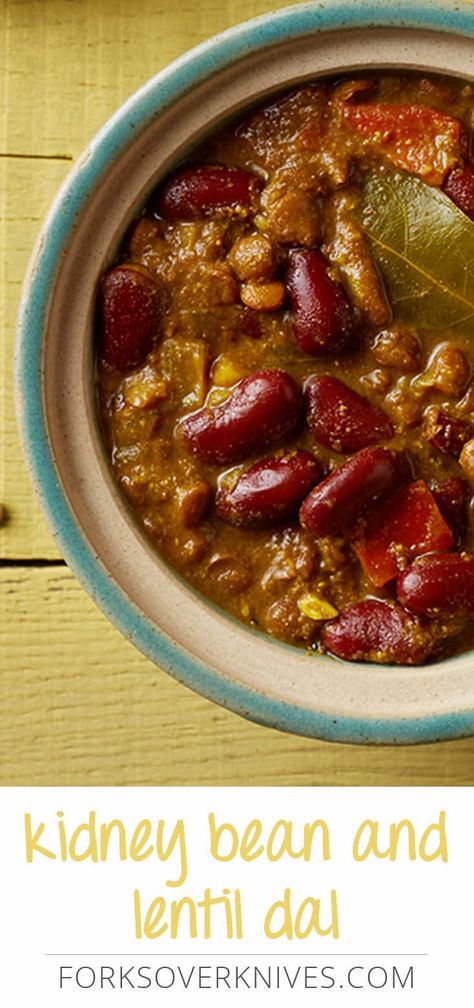 7% 7% | 4348 g |
| Macronutrients | |||||
| Potassium, K | 148 mg | 2500 mg | 5.9% | 9.5% | 1689 |
| Calcium Ca | 60 mg | 1000 mg | 6% | 9.7% | 1667 |
| Magnesium, Mg | 20 mg | 400 mg | 5% | 8.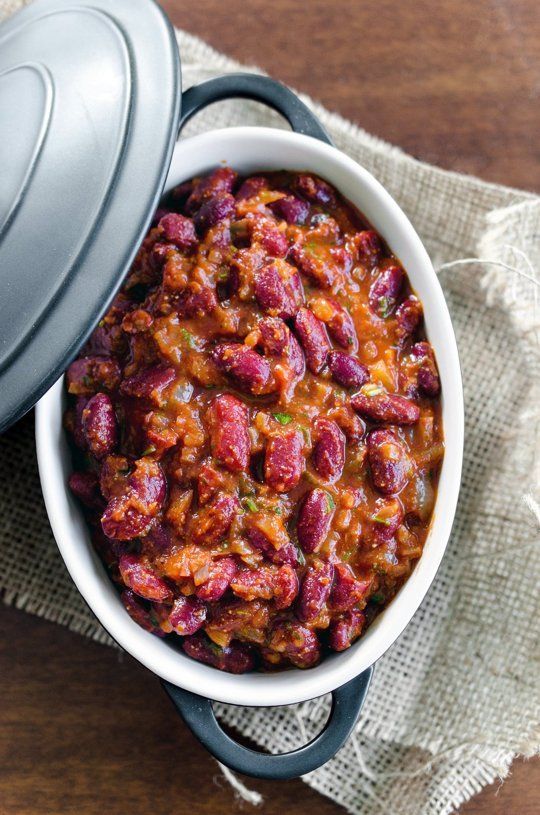 1% 1% | 2000 |
| Sodium, Na | 18 mg | 1300 mg | 1.4% | 2.3% | 7222 g |
| Sulfur, S | 22 mg | 1000 mg | 2.2% | 3.5% | 4545 g |
| Phosphorus, P | 61 mg | 800 mg | 7.6% | 12.3% | 1311 g |
| Trace elements | |||||
| Iron, Fe | 0. 5 mg 5 mg | 18 mg | 2.8% | 4.5% | 3600 g |
| Manganese, Mn | 0.28 mg | 2 mg | 14% | 22.6% | 714 g |
| Copper, Cu | 40 mcg | 1000 mcg | 4% | 6.5% | 2500 g |
| Selenium, Se | 0.7 mcg | 55 mcg | 1. 3% 3% | 2.1% | 7857 g |
| Zinc, Zn | 0.3 mg | 12 mg | 2.5% | 4% | 4000 g |
| Digestible carbohydrates | |||||
| Mono- and disaccharides (sugars) | 2.35 g | ~ | |||
| Glucose (dextrose) | 0. 33 g 33 g | ~ | |||
| Lactose | 1.34 g | ~ | |||
| Maltose | 0.1 g | ~ | |||
| Sucrose | 0.21 g | ~ | |||
| Fructose | 0. 37 g 37 g | ~ | |||
| Sterols (sterols) | |||||
| Cholesterol | 5 mg | max 300 mg | |||
| Saturated fatty acids | |||||
| Saturated fatty acids | 1.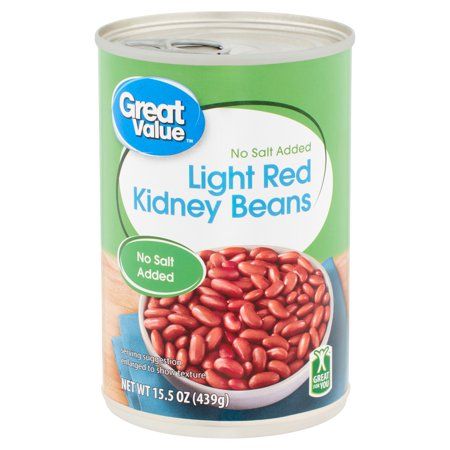 117 g 117 g | max 18.7 g | |||
| 4:0 Oil | 0.056 g | ~ | |||
| 6:0 Nylon | 0.033 g | ~ | |||
| 8:0 Caprylic | 0.019 g | ~ | |||
| 10:0 Capric | 0.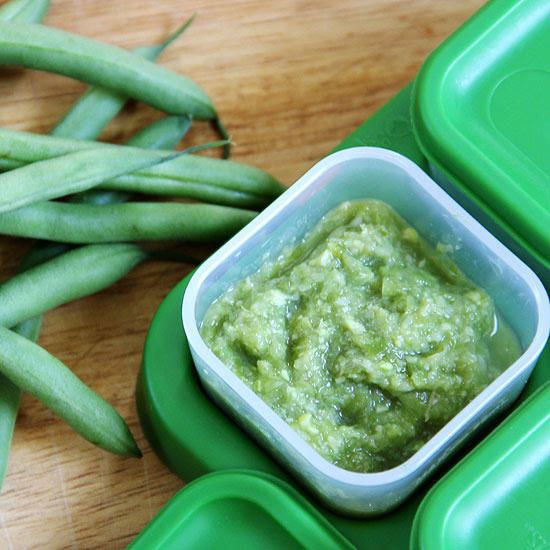 044 g 044 g | ~ | |||
| 12:0 Lauric | 0.049 g | ~ | |||
| 14:0 Myristic | 0.175 g | ~ | |||
| 16:0 Palmitic | 0.486 g | ~ | |||
| 18:0 Stearic | 0.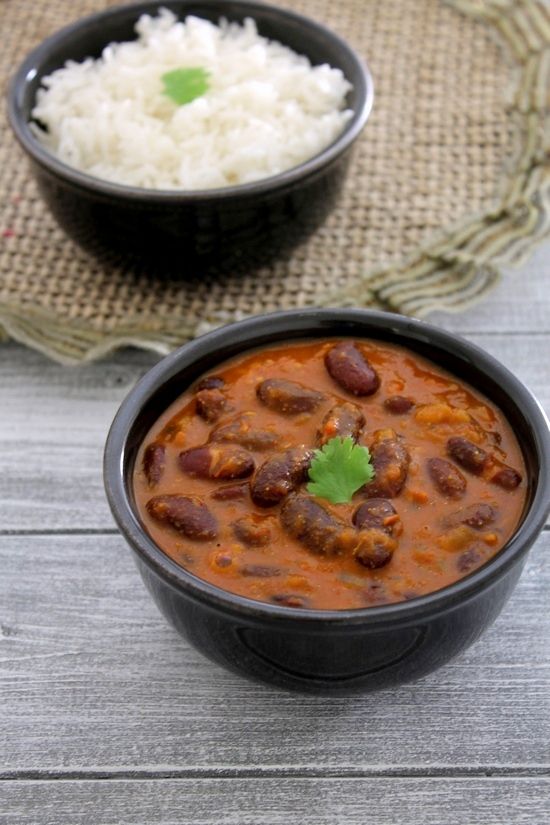 214 g 214 g | ~ | |||
| Monounsaturated fatty acids | 0.539 g | min 16.8 g | 3.2% | 5.2% | |
| 16:1 Palmitoleic | 0.04 g | ~ | |||
| 18:1 Oleic (omega-9) | 0.474 g | ~ | |||
| Polyunsaturated fatty acids | 0.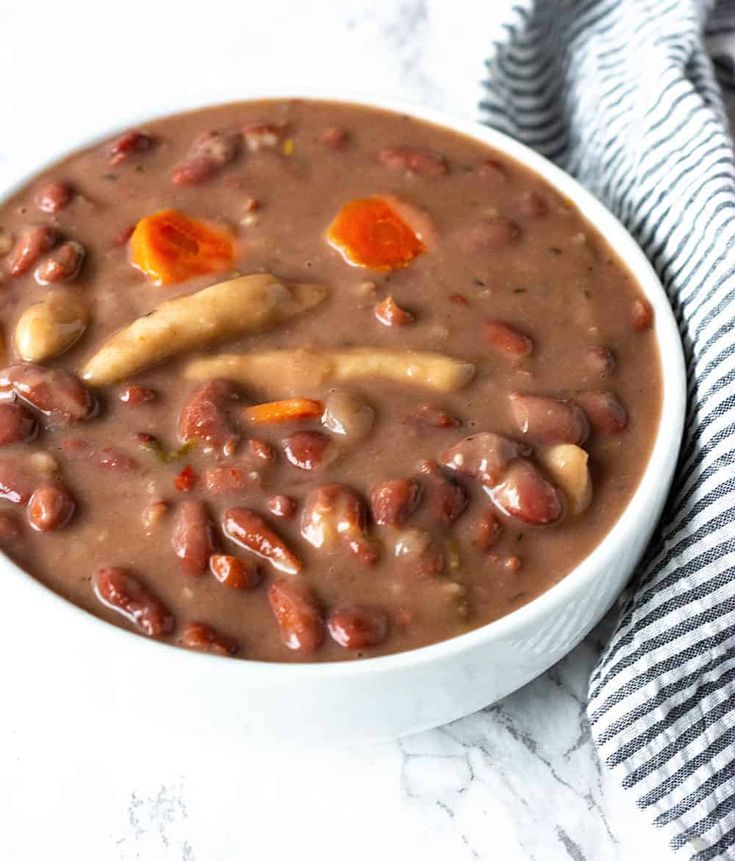 132 g 132 g | 11.2 to 20.6 g | 1.2% | 1.9% | |
| 18:2 Linoleic | 0.088 g | ~ | |||
| 18:3 Linolenic | 0.043 g | ~ | |||
| Omega-3 fatty acids | 0.043 g | 0.9 to 3.7 g | 4.8% | 7. 7% 7% | |
| Omega-6 fatty acids | 0.088 g | 4.7 to 16.8 g | 1.9% | 3.1% |
Energy value Baby food, Vegetables, green beans and potatoes is 62 kcal.
- jar, Gerber (4 oz) = 113 gr (70.1 kcal)
Main source: USDA National Nutrient Database for Standard Reference. More.
** This table shows the average norms of vitamins and minerals for an adult. If you want to know the norms based on your gender, age and other factors, then use the application "My Healthy Diet"
Product calculator
Nutritional value per 100 g
| Content per serving | % of RSP | ||
| Calories | 62 kcal | -% | |
| Proteins | 2.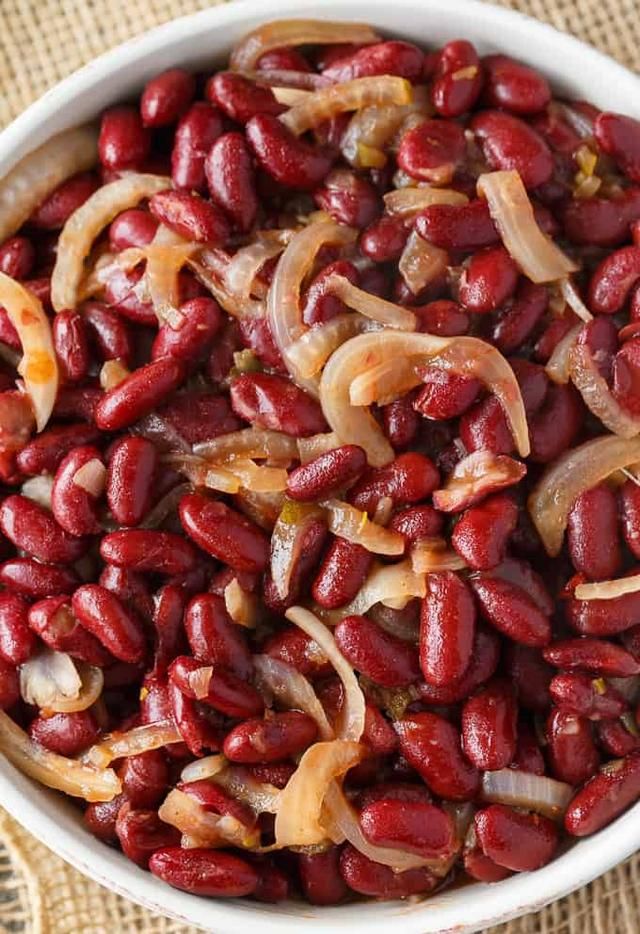 2 g 2 g | -% | |
| Fats | 1.9 g | -% | |
| Carbohydrates | 7.6 g | -% | |
| Dietary fiber | 1.4 g | -% | |
| Water | 86.2 g | -% | |
Go to food diary
Vitamins and minerals
Most foods cannot contain the full range of vitamins and minerals. Therefore, it is important to eat a variety of foods to meet the body's needs for vitamins and minerals.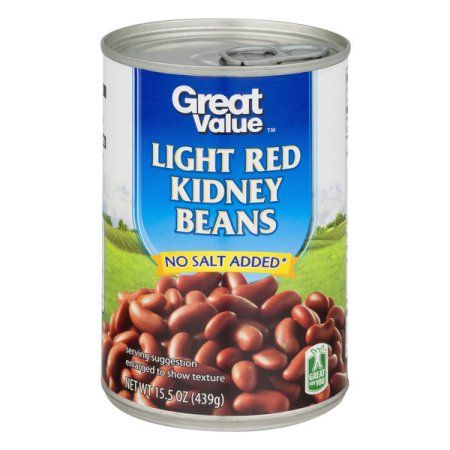
Find out the content of vitamins and minerals in your menu
Analysis of the calorie content of the product
The ratio of proteins, fats and carbohydrates:
Find out your energy balance for the whole day
Knowing the contribution of proteins, fats and carbohydrates to caloric content, you can understand how a product or diet meets the standards of a healthy diet or the requirements of a particular diet. For example, the US and Russian Departments of Health recommend 10-12% of calories from protein, 30% from fat, and 58-60% from carbohydrates. The Atkins diet recommends low carbohydrate intake, although other diets focus on low fat intake.
Calculate your norms
If more energy is expended than is supplied, then the body begins to use fat reserves, and body weight decreases.
Get recommendations
Get more information and make it happen with our free online course.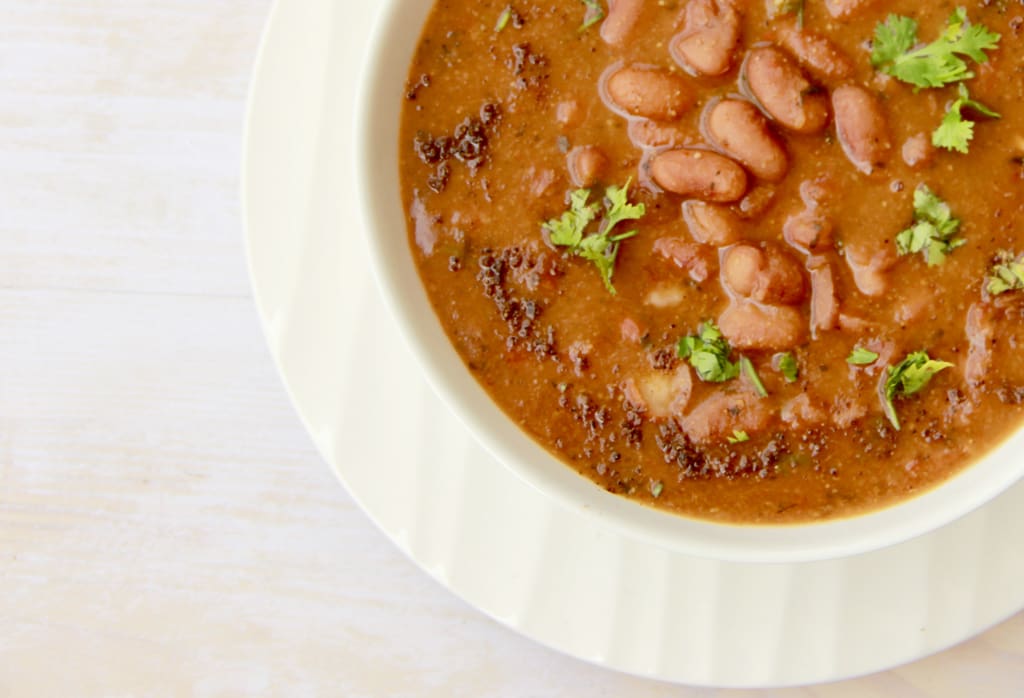
Learn online weight loss course
Try filling out a food diary right now without registering.
Complete the food diary
Find out your additional calorie expenditure for training and get detailed recommendations absolutely free.
Complete a training diary
Target deadline
Baby food, Vegetables, green beans and potatoes is rich in vitamins and minerals such as: manganese - 14%
- Manganese is involved in the formation of bone and connective tissue, is part of the enzymes involved in the metabolism of amino acids, carbohydrates, catecholamines; necessary for the synthesis of cholesterol and nucleotides. Insufficient consumption is accompanied by growth retardation, disorders in the reproductive system, increased fragility of bone tissue, disorders of carbohydrate and lipid metabolism.

You can find a complete guide to the healthiest foods in the My Healthy Diet app.
Calorie content and chemical composition of other products
- Baby food, Vegetables, beets, puree
- Baby food, Vegetables, carrots, puree
- Baby food, Vegetables, squash (pumpkin or zucchini or squash), puree
- Baby food, Vegetables, sweet potato (yam), puree
- Baby food, Potato, for toddlers
- Home
- Composition of products
- Composition baby food
- Chemical composition "Baby food, Vegetables, green beans and potatoes"
Tags:
Baby food, Vegetables, green beans and potatoesCalories 62 kcal, chemical composition, nutritional value, vitamins, minerals Health Benefits Baby food, Vegetables, green beans and potatoes
Calculators
New recipes
Cream cheese omelette
Author Alla
Oatmeal cookies
Author Irina
Soup with sauerkraut (Schi)
Author Irina
Interesting blogs
Matilda
14-11-2022
New old story
It was summer.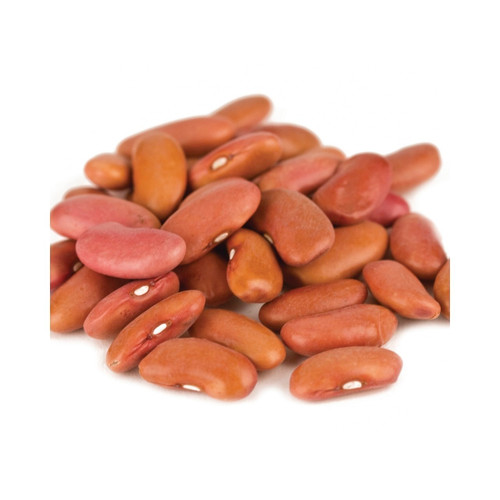 .. We once walked with the children ...
.. We once walked with the children ...
Matilda
11-15-2022
New old story. Part 2
As I thought, personal topics always find a lot of...
Svetlana.
08-11-2022
Food diary for 11/08/2022
Was busy in the garden today. Gathered the second crop ...
Best rations
Alla
2022-11-06
Calories: 1007 kcal
Vitamins and minerals: 84%
Alla
2022-11-16
Calories: 1060 kcal
Vitamins and minerals: 87%
Alla
2022-11-07
Calories: 1001 kcal
Vitamins and minerals: 81%
No strict diets
Eat healthier food and
get slimmer and healthier
Food diary
Control your diet and
acquire good habits
Honest work on yourself
The rate of weight loss due to fat, not
muscle or water - no more than 5 kg per month
Training diary
Feel the difference between "thin"
and slim body
Theory and knowledge base
Everything you need to know about physiology,
to lose weight wisely
Community
Find like-minded people
and reach the goal together
Calories Baby food, Green beans, pieces, for toddlers.
 Chemical composition and nutritional value.
Chemical composition and nutritional value. Nutritional chemistry and analysis
Nutritional chemistry and chemistry
"Baby food, Green beans, pieces, for toddlers" .The table shows the content of nutrients (calories, proteins, fats, carbohydrates, vitamins and minerals) per 100 grams of the edible part.
| Nutrient | Number | Norm** | % of the norm in 100 g | % of the norm in 100 kcal | 100% norm |
| Calories | 29 kcal | 1684 kcal | 1.7% | 5.9% | 5807 g |
| Proteins | 1.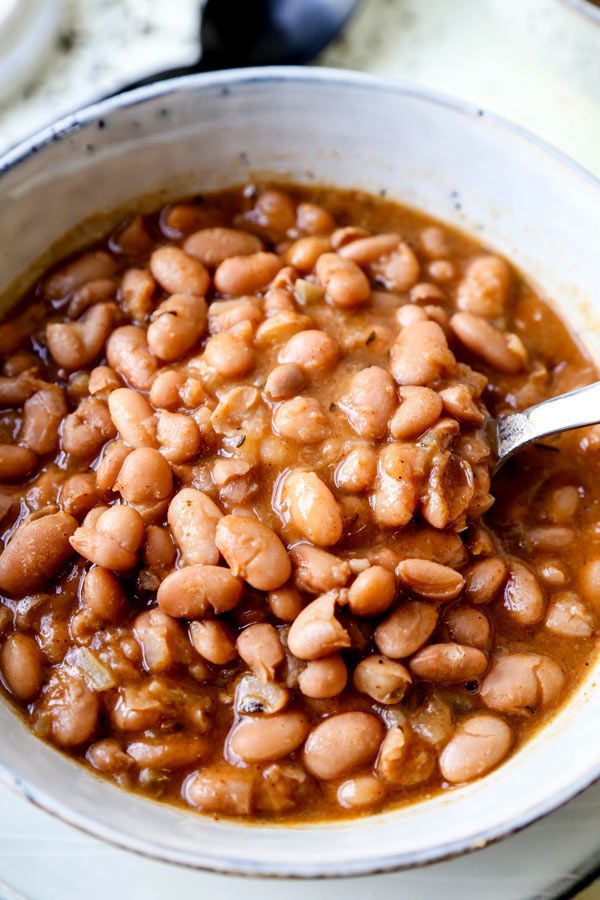 2 g 2 g | 76 g | 1.6% | 5.5% | 6333 g |
| Fats | 0.2 g | 56 g | 0.4% | 1.4% | 28000 g |
| Carbohydrates | 4.4 g | 219 g | 2% | 6.9% | 4977 g |
| Dietary fiber | 1.3 g | 20 g | 6. 5% 5% | 22.4% | 1538 g |
| Water | 92.6 g | 2273 g | 4.1% | 14.1% | 2455 g |
| Ash | 0.4 g | ~ | |||
| Vitamins | |||||
| Vitamin A RE | 24 mcg | 900 mcg | 2.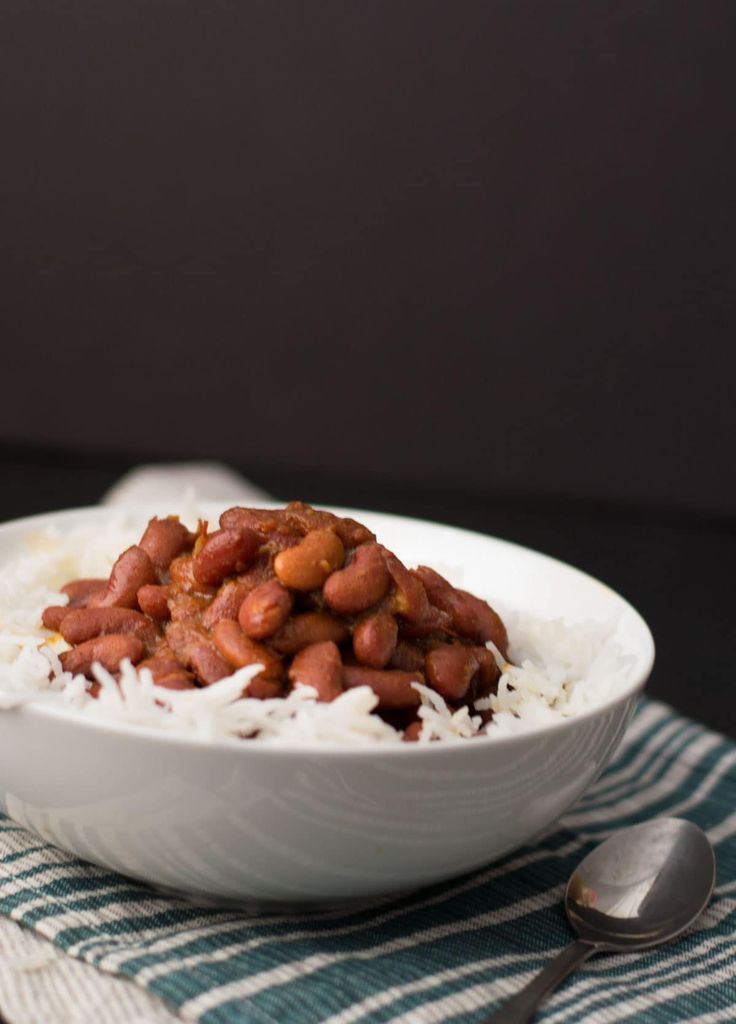 7% 7% | 9.3% | 3750 g |
| beta Carotene | 0.288 mg | 5 mg | 5.8% | 20% | 1736 |
| Lutein + Zeaxanthin | 487 mcg | ~ | |||
| Vitamin B1, thiamine | 0.02 mg | 1.5 mg | 1.3% | 4.5% | 7500 g |
| Vitamin B2, riboflavin | 0.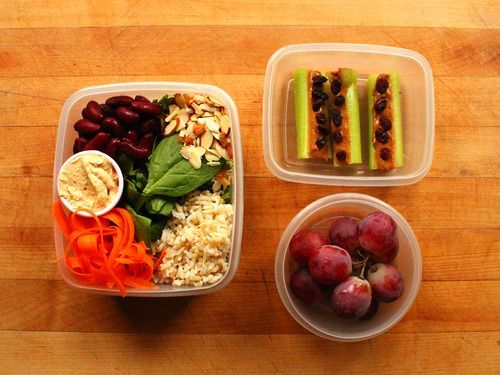 04 mg 04 mg | 1.8 mg | 2.2% | 7.6% | 4500 g |
| Vitamin B4, choline | 22.6 mg | 500 mg | 4.5% | 15.5% | 2212 |
| Vitamin B5, pantothenic | 0.051 mg | 5 mg | 1% | 3.4% | 9804 g |
| Vitamin B6, pyridoxine | 0.03 mg | 2 mg | 1.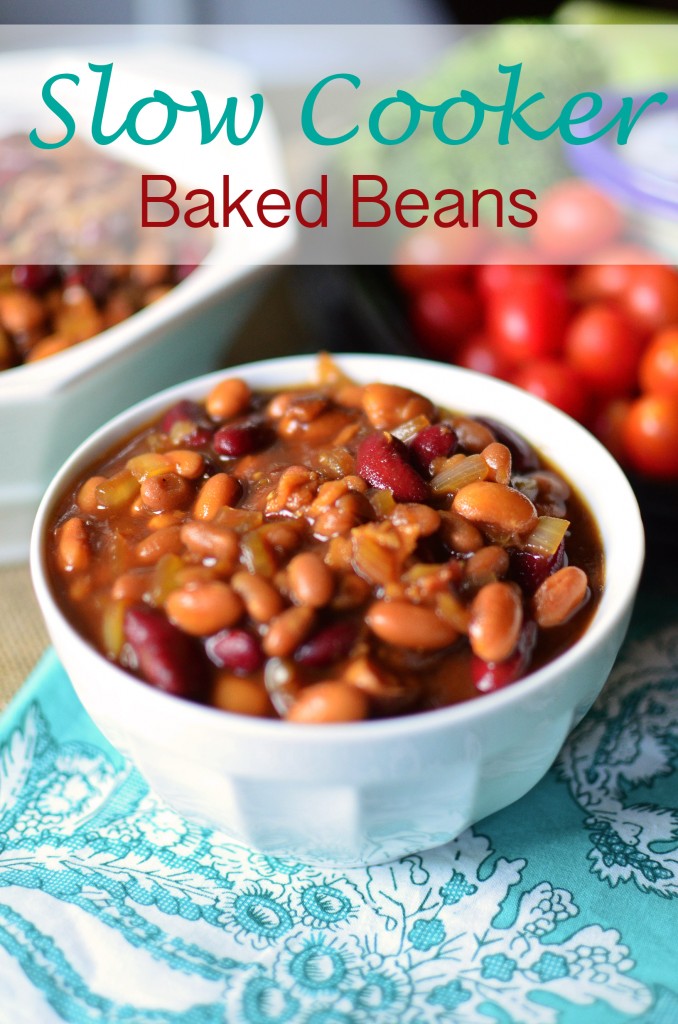 5% 5% | 5.2% | 6667 g |
| Vitamin B9, folates | 32 mcg | 400 mcg | 8% | 27.6% | 1250 g |
| Vitamin C, ascorbic | 1.7 mg | 90 mg | 1.9% | 6.6% | 5294 g |
| Vitamin E, alpha tocopherol, TE | 0.31 mg | 15 mg | 2.1% | 7.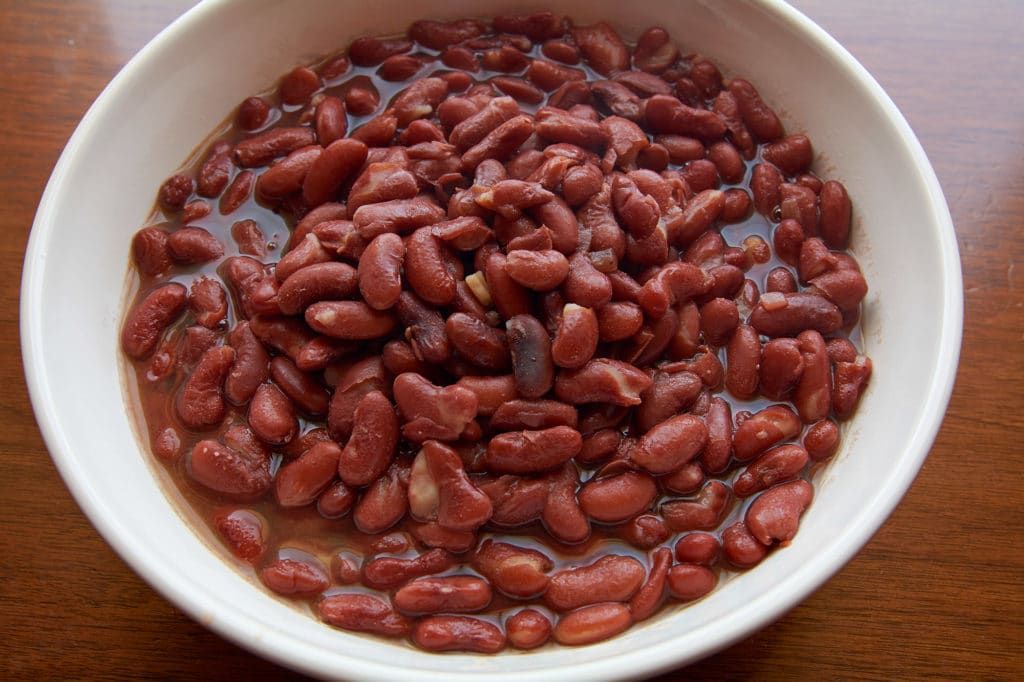 2% 2% | 4839 |
| Vitamin K, phylloquinone | 11 mcg | 120 mcg | 9.2% | 31.7% | 1091 g |
| Vitamin PP, NE | 0.23 mg | 20 mg | 1.2% | 4.1% | 8696 g |
| Macronutrients | |||||
| Potassium, K | 116 mg | 2500 mg | 4. 6% 6% | 15.9% | 2155 g |
| Calcium Ca | 27 mg | 1000 mg | 2.7% | 9.3% | 3704 g |
| Magnesium, Mg | 19 mg | 400 mg | 4.8% | 16.6% | 2105 |
| Sodium, Na | 37 mg | 1300 mg | 2.8% | 9.7% | 3514 g |
| Sulfur, S | 12 mg | 1000 mg | 1.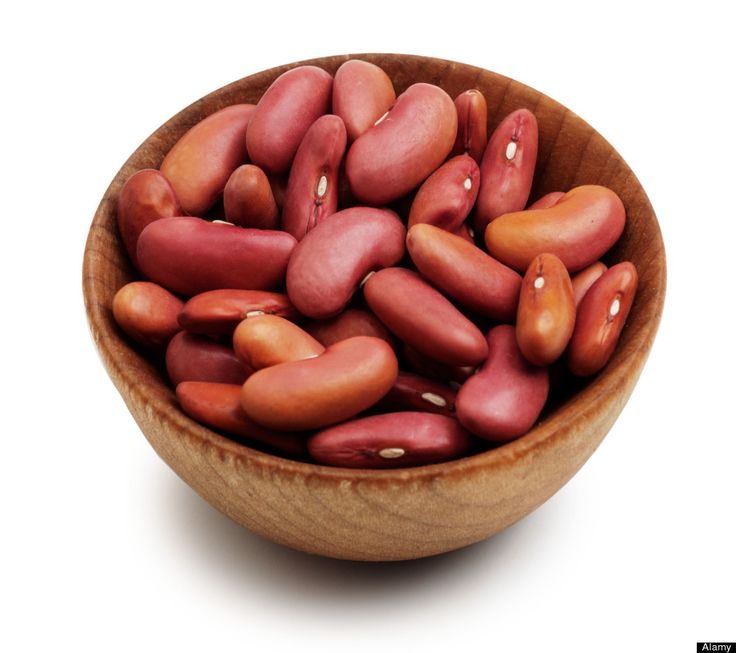 2% 2% | 4.1% | 8333 |
| Phosphorus, P | 22 mg | 800 mg | 2.8% | 9.7% | 3636 g |
| Trace elements | |||||
| Iron, Fe | 0.4 mg | 18 mg | 2.2% | 7.6% | 4500 g |
| Manganese, Mn | 0.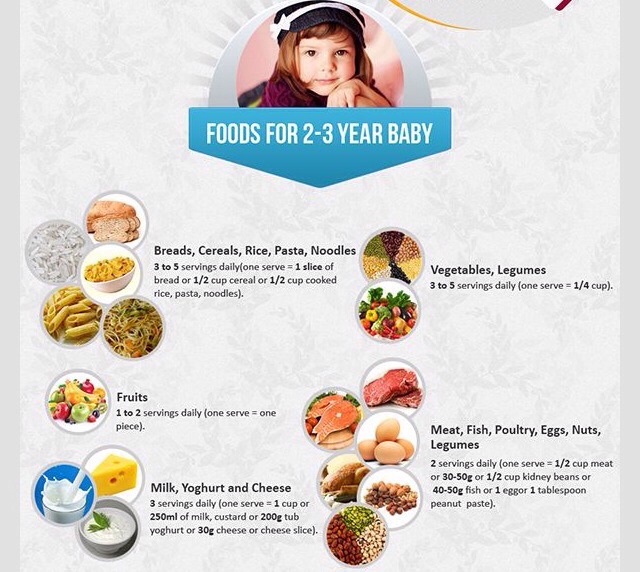 08 mg 08 mg | 2 mg | 4% | 13.8% | 2500 g |
| Copper, Cu | 30 mcg | 1000 mcg | 3% | 10.3% | 3333 |
| Selenium, Se | 0.4 mcg | 55 mcg | 0.7% | 2.4% | 13750 g |
| Zinc, Zn | 0.1 mg | 12 mg | 0.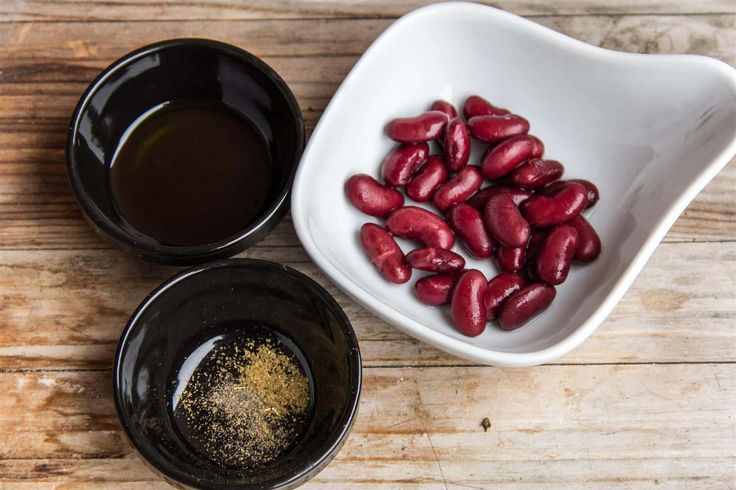 8% 8% | 2.8% | 12000 g |
| Digestible carbohydrates | |||||
| Mono- and disaccharides (sugars) | 1.06 g | ~ | |||
| Saturated fatty acids | |||||
| Saturated fatty acids | 0.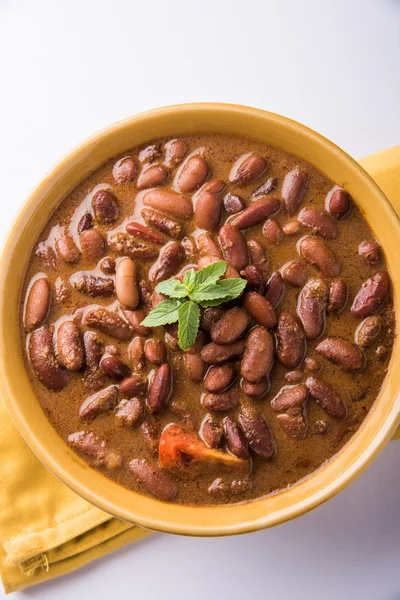 044 g 044 g | max 18.7 g | |||
| 16:0 Palmitic | 0.038 g | ~ | |||
| 18:0 Stearic | 0.006 g | ~ | |||
| Monounsaturated fatty acids | 0.008 g | min 16.8 g | |||
| 18:1 Oleic (omega-9) | 0.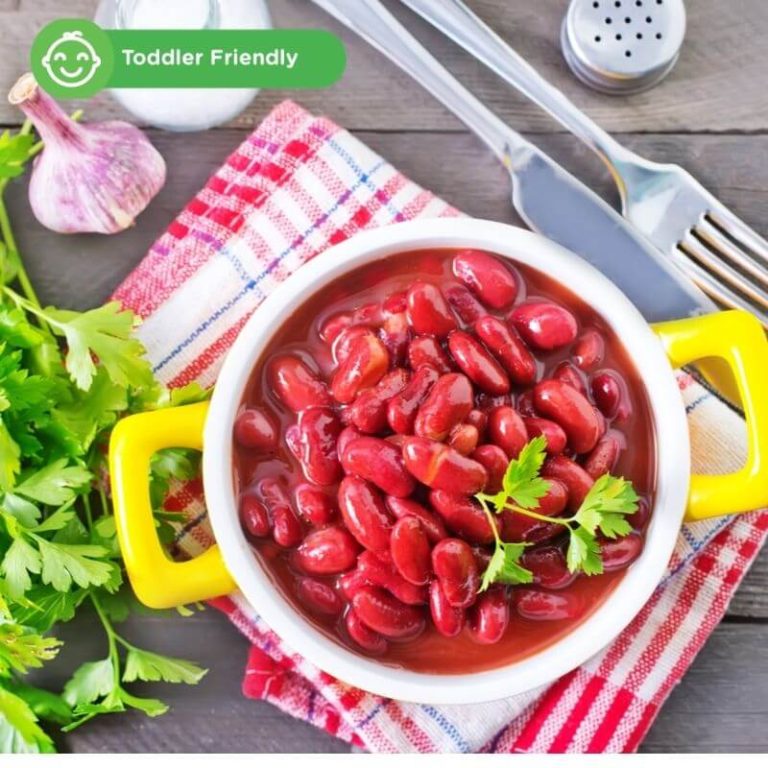 008 g 008 g | ~ | |||
| Polyunsaturated fatty acids | 0.102 g | 11.2 to 20.6 g | 0.9% | 3.1% | |
| 18:2 Linoleic | 0.038 g | ~ | |||
| 18:3 Linolenic | 0.062 g | ~ | |||
| Omega-3 fatty acids | 0.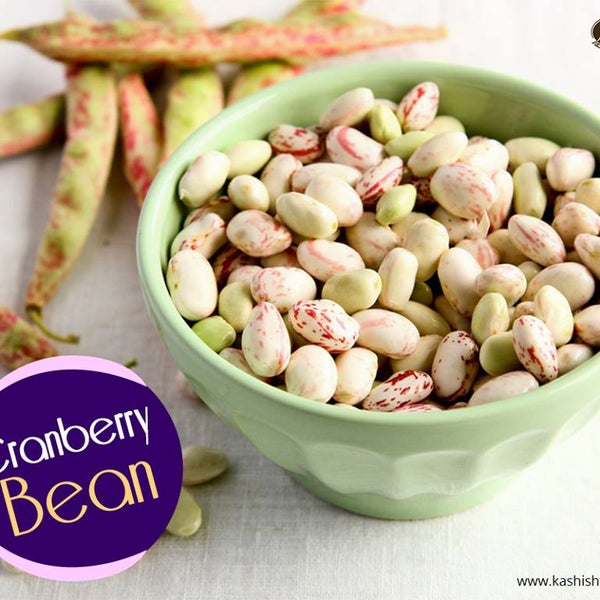 062 g 062 g | 0.9 to 3.7 g | 6.9% | 23.8% | |
| Omega-6 fatty acids | 0.038 g | 4.7 to 16.8 g | 0.8% | 2.8% |
Energy value Baby food, Green beans, pieces, for toddlers is 29 kcal.
- oz = 28.35 gr (8.2 kcal)
- jar = 128 gr (37.1 kcal)
Main source: USDA National Nutrient Database for Standard Reference. More.
** This table shows the average norms of vitamins and minerals for an adult. If you want to know the norms based on your gender, age and other factors, then use the application "My Healthy Diet"
Product calculator
Nutritional value per 100 g
| Content per serving | % of RSP | ||
| Calories | 29 kcal | -% | |
| Proteins | 1. 2 g 2 g | -% | |
| Fats | 0.2 g | -% | |
| Carbohydrates | 4.4 g | -% | |
| Dietary fiber | 1.3 g | -% | |
| Water | 92.6 g | -% | |
Go to food diary
Vitamins and minerals
Most foods cannot contain the full range of vitamins and minerals. Therefore, it is important to eat a variety of foods to meet the body's needs for vitamins and minerals.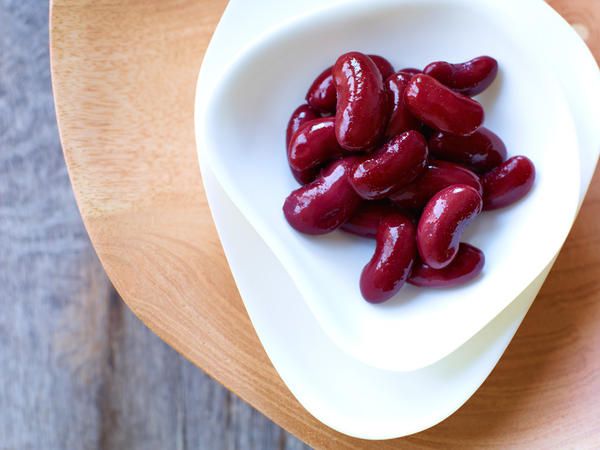
Find out the content of vitamins and minerals in your menu
Analysis of the calorie content of the product
The ratio of proteins, fats and carbohydrates:
Find out your energy balance for the whole day
Knowing the contribution of proteins, fats and carbohydrates to caloric content, you can understand how a product or diet meets the standards of a healthy diet or the requirements of a particular diet. For example, the US and Russian Departments of Health recommend 10-12% of calories from protein, 30% from fat, and 58-60% from carbohydrates. The Atkins diet recommends low carbohydrate intake, although other diets focus on low fat intake.
Calculate your norms
If more energy is expended than is supplied, then the body begins to use fat reserves, and body weight decreases.
Get recommendations
Get more information and make it happen with our free online course.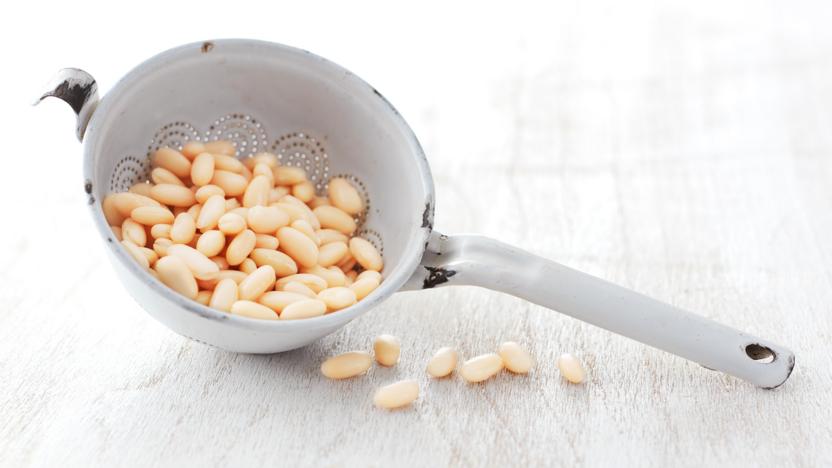
Learn online weight loss course
Try filling out a food diary right now without registering.
Complete the food diary
Find out your additional calorie expenditure for training and get detailed recommendations absolutely free.
Fill in the training diary
Deadline for achieving the goal
Calorie content and chemical composition of other foods
- Baby food, Vegetables, green beans and potatoes
- Baby food, Vegetables, beets, puree
- Baby food, Vegetables, carrots, puree
- Baby food, Vegetables, squash (pumpkin or marrow or squash), puree
- Baby food, Vegetables, sweet potato (yam), puree
- Learn more
- What to feed baby toad frogs
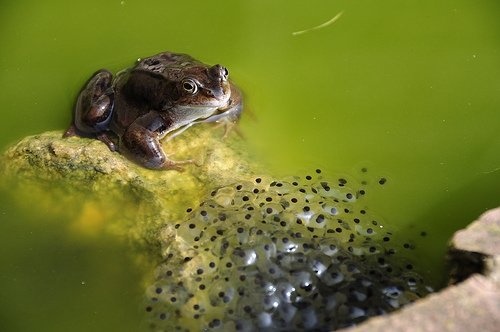
- Feeding baby solids with no teeth
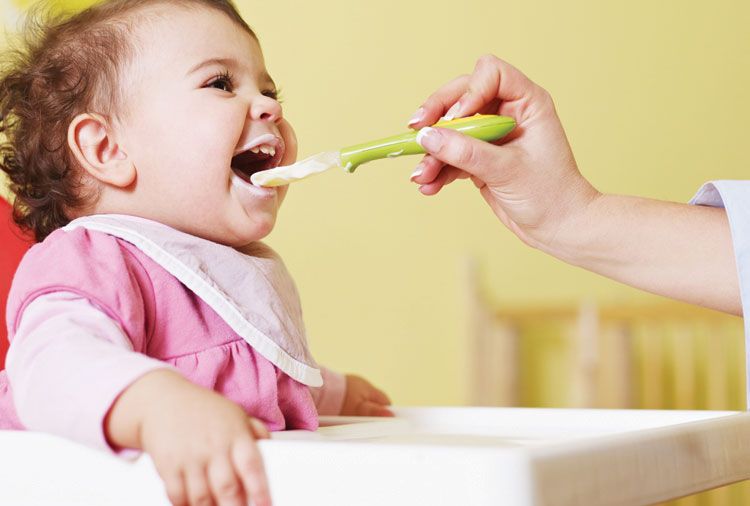
- Travel baby food masher

- Chicken pumpkin baby food recipe
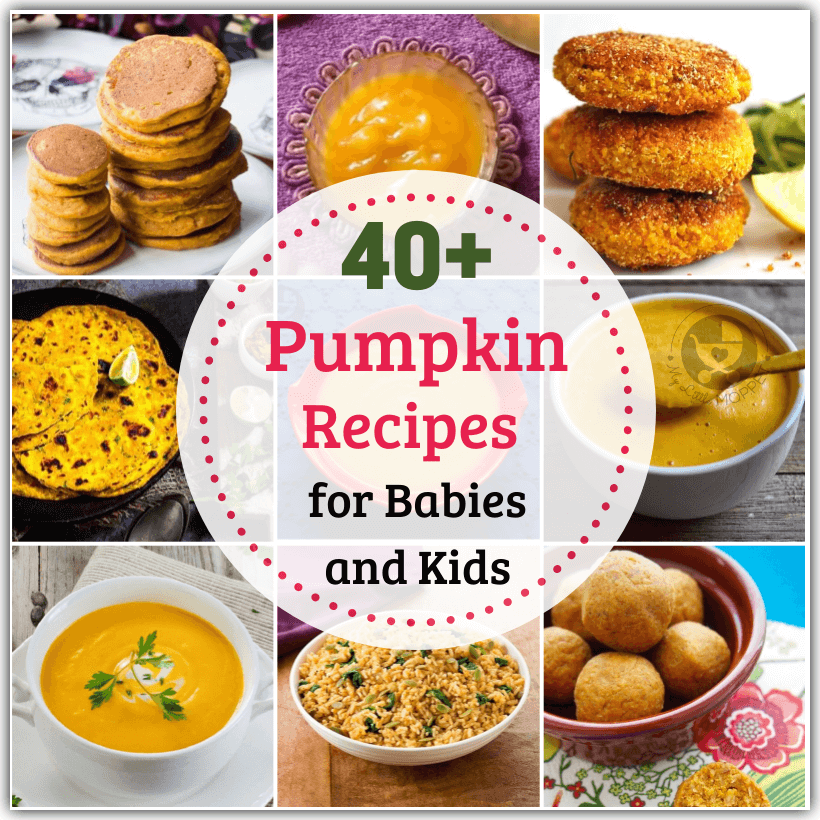
- Best position to feed a baby with reflux

- Cheap food to serve at a baby shower
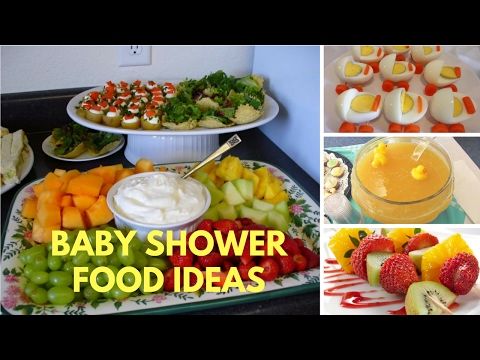
- Baby won t eat chunky food

- Sample baby feeding schedule
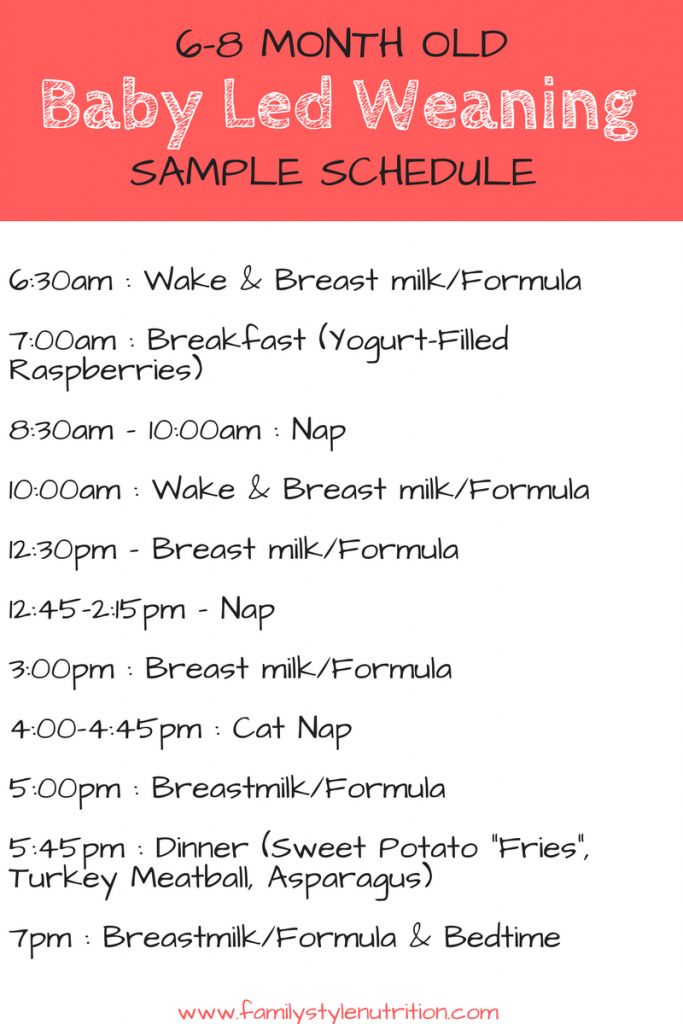
- Foods that cause gas for baby while breastfeeding
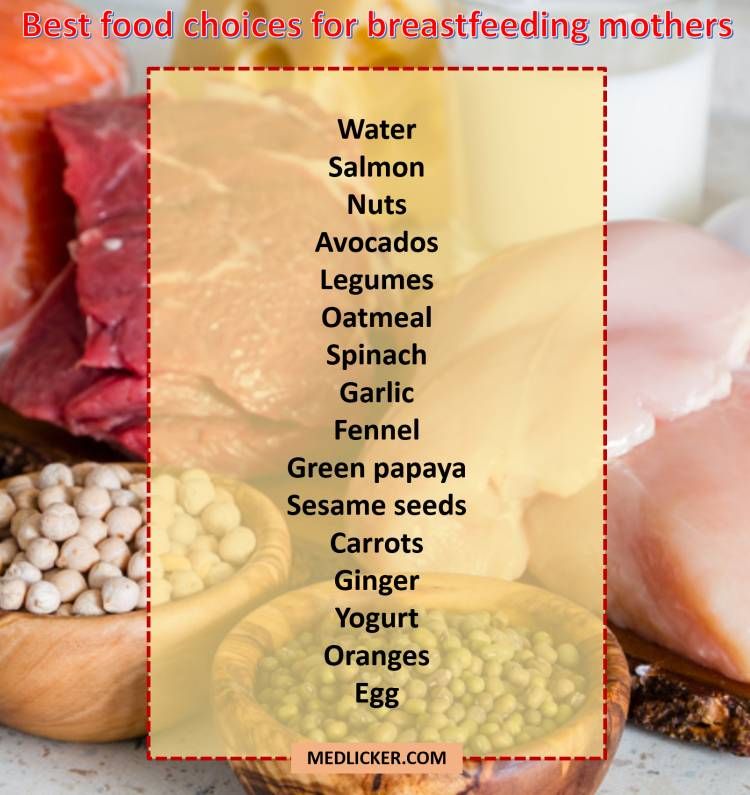
- Burping of baby after feeding
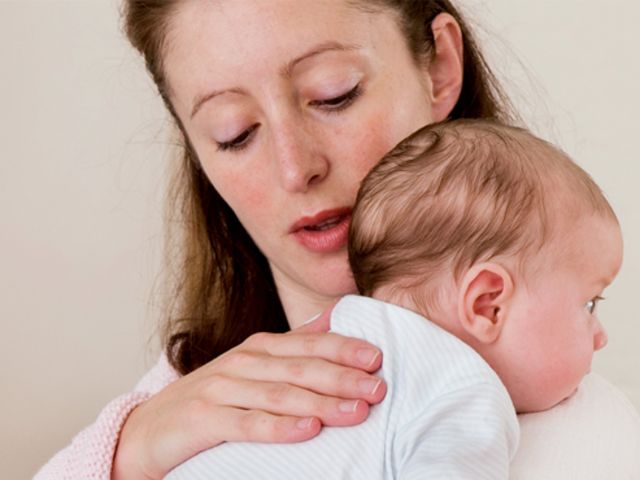
- Baby not latching after bottle feeding
